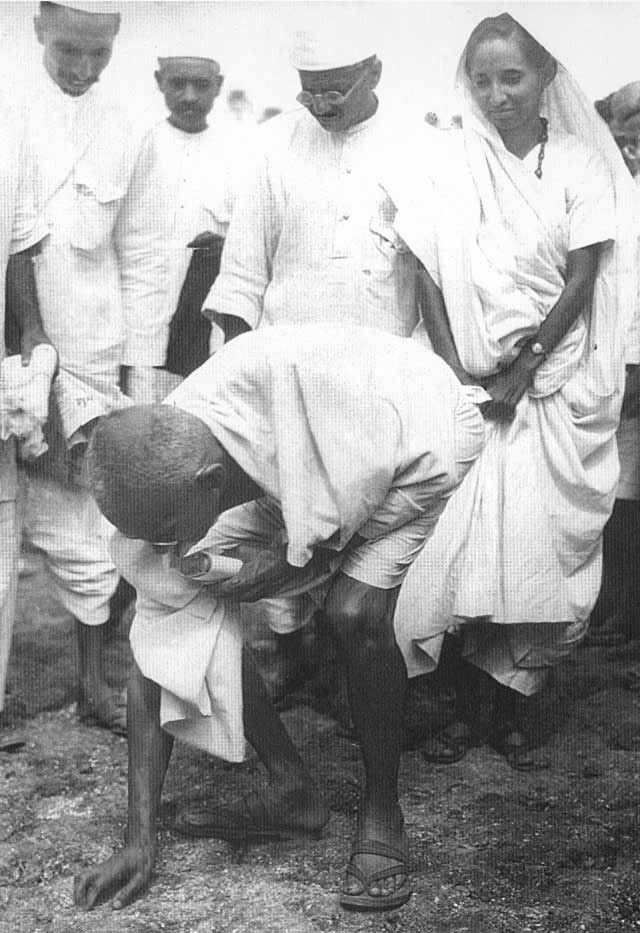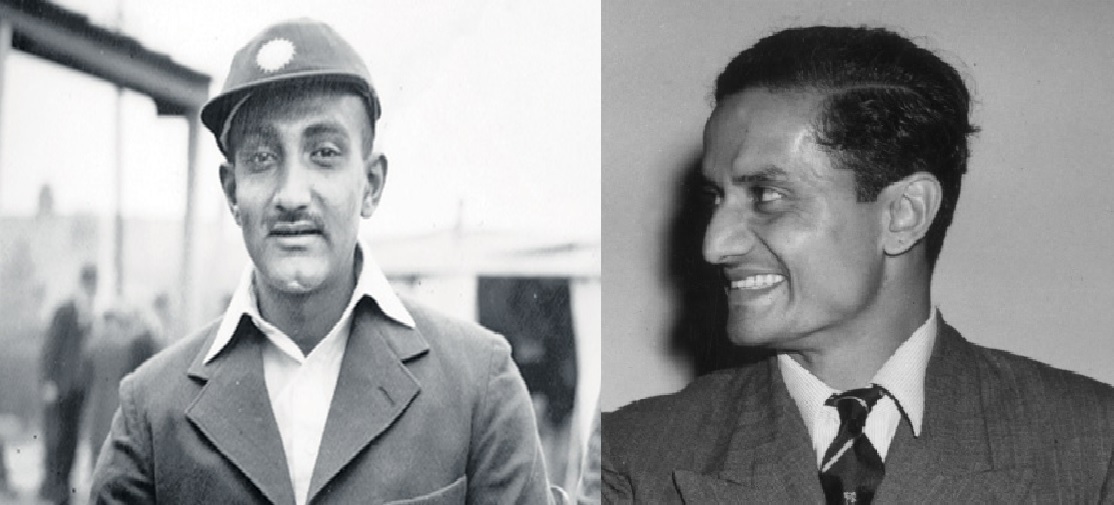
(Famous painting, Remorse of Nero by John William Waterhouse, which got me into writing this)
She was the Empress, She was Augusta
She was my mother, She gave me birth
I am the Caesar, I’m the will
And it was her blood that law demanded
She had to be killed
She was the treacherous
She looked to usurp the Caesar
That bloody woman shall never be calm
Claudius, she killed with, The Food of God
My turn could have come again
Britannicus was her next cog in wheel
The cat could never be tamed
I wanted it a peaceful tale
I arranged for her to go the Gods
If only she could have sunk in the Nemi lake
I had it all arranged nice and calm
She the treacherous, still ran away
Dare again she disobey the Caesar great
Had no choice, no words left
I had to kill her, by the hand
For never shall a citizen be above empire
Never shall a conspirator be left alive
No eyes that look at throne shall ever be spared
For above you all, lies the Caesar
She were to be executed as the order decried
She was my mother, who gave me birth
Yet all along in front of court, cried the ungainly wretch
“Smite my womb, that produced the son abominable”
As the dagger, struck the wound
In front of these eyes, her gift divine
As the woman most strong lay down in dust
She the woman most beautiful, bore it with a sigh
Years dozen have come and gone
Since that fateful night in Rome.
Justice was served,the treacherous was killed
Justice was served,a mother was lost
I could never kill the empress
How could I banish the woman great
The arm of justice had it made and done
For above you all, lies the Caesar
[Background]
My (almost correct) historically retelling of the remorse of Roman Emperor, Nero on his act of getting his mother, Agrippina killed. Agrippina is one of the devious n famous women in Roman history described as ‘ruthless, ambitious, violent and domineering’ by various historians. She had incestuous relations with her brother (who was Emperor Caligula) gaining almost empirical powers during his reign, married her uncle Emperor Claudius, whom she then killed to bring her son, Nero to power. Only to be plotting against him as well, as he started drifting off from her influence and trying to supplant him with Britannicus, son of Claudius.
As wiki lists out, her list of victims is not too small. And yet getting her killed for his own safety, was an event her son, rued all his life.






